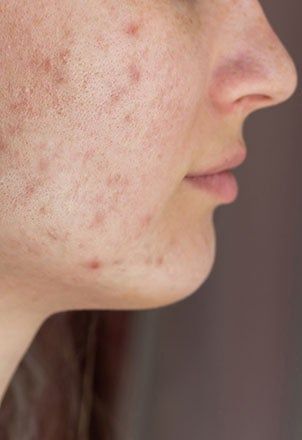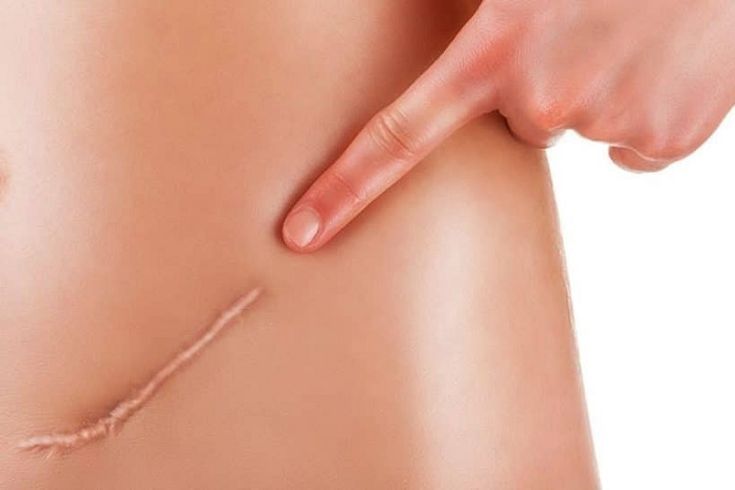Scars are a natural part of the healing process, but for many Australians, they can also be a source of emotional and physical discomfort. Whether caused by acne, surgery, burns, or injury, scars vary widely in appearance and impact. Fortunately, modern treatments offer several effective options to minimise and improve scarring. In this comprehensive guide, we’ll walk you through how to start treating scars, from understanding scar types to choosing the right therapies and aftercare.
Understanding the Types of Scars
Before seeking treatment, it’s crucial to identify the type of scar you have. Each type responds differently to various therapies.
Hypertrophic Scars
Raised and red, these scars stay within the boundary of the original wound. They’re common after burns, cuts, or surgeries.
Keloid Scars
Larger and more aggressive than hypertrophic scars, keloids grow beyond the original injury. They are more common in darker skin tones and may recur after removal.
Atrophic Scars
Depressed or pitted scars, often resulting from acne or chickenpox. They include boxcar, ice pick, and rolling scars.
Contracture Scars
Usually due to burns, these scars tighten the skin and can restrict movement if over joints or muscles.

Stretch Marks (Striae)
While not technically scars, stretch marks are considered a form of dermal scarring due to rapid stretching of the skin, such as during pregnancy or weight gain.
Step 1: Assess Your Scar
Begin by evaluating your scar’s:
- Age (new or old)
- Type (raised, flat, pitted, discoloured)
- Location (visible or hidden, over joints, on the face, etc.)
- Sensitivity (itchy, painful, or tight)
If your scar is recent, it’s best to wait until the wound is fully healed before beginning active treatments. This can take 4–8 weeks depending on the wound.
Step 2: Consult a Professional
Visit a qualified skin specialist or dermatologist for a proper assessment. Many Australian clinics offer free or affordable consultations. Your clinician will:
- Diagnose the type of scar
- Check for underlying issues (e.g., pigmentation, infection, or abnormal healing)
- Recommend a tailored treatment plan
Step 3: Explore Treatment Options
Topical Treatments
Ideal for early intervention and mild scarring:
- Silicone gels or sheets: Help flatten and fade scars
- Vitamin E or C serums: Promote healing and reduce pigmentation
- Retinoids: Aid in cell turnover (especially for acne scars)
- Over-the-counter creams: May contain ingredients like onion extract or niacinamide

Professional Clinical Treatments
For moderate to severe scarring, professional treatments in Melbourne and across Australia include:
Microneedling (Skin Needling)
- Tiny needles create micro-injuries to stimulate collagen
- Great for atrophic acne scars, stretch marks, and surgical scars
- Often combined with radiofrequency (RF Microneedling) for enhanced results
Laser Therapy
- Fractional laser: Targets specific skin areas, improves texture and tone
- CO2 laser: Deeper resurfacing for severe scarring
- Pulsed dye laser: Reduces redness in hypertrophic scars
Chemical Peels
- Uses acids like glycolic, salicylic, or TCA to exfoliate and encourage skin renewal
- Effective for pigmentation and shallow acne scars
Subcision
- A needle is inserted under the skin to break fibrous scar tissue (often used for rolling acne scars)
Dermal Fillers
- Temporary volume added to depressed scars
- Commonly used for boxcar and rolling acne scars
Cryotherapy
- Freezing treatment for raised scars or keloids
- May be combined with corticosteroid injections
Some medically necessary treatments may be eligible for Medicare rebates, particularly for post-surgical scars or burns. It’s worth asking your GP about a referral.
Step 5: Create a Long-Term Care Routine
Scar improvement takes time, and consistency is key. Whether using at-home products or undergoing professional treatment, support your healing with good skincare practices:
Daily Care Tips:
- Use SPF 30+ sunscreen daily to prevent hyperpigmentation
- Keep the area moisturised to promote elasticity
- Avoid picking or scratching the scar
- Use gentle cleansers and avoid harsh scrubs
Post-Treatment Care:
- Follow your provider’s instructions carefully
- Avoid sun exposure after laser or needling sessions
- Use calming products like aloe vera or hyaluronic acid
Step 6: Track Progress and Adjust
Take regular photos of your scar under consistent lighting to monitor changes. Keep a journal to record:
- Products used
- Professional treatments undertaken
- Reactions or improvements observed
If results plateau, revisit your specialist. Sometimes combination therapies or a change in approach yields better outcomes.
Common Myths About Scar Treatment
“Scars will disappear completely.”
False — While scars can fade significantly, they often don’t vanish entirely.
“Expensive treatments are always better.”
Not always — Consistency with simple methods (like silicone sheets) can be just as effective for certain scars.
“You must wait a year before treating a scar.”
Some treatments, like silicone gel or light peels, can begin as soon as the skin is closed and healed (after 4–6 weeks).
Emotional and Psychological Considerations
Scars can affect confidence, self-esteem, and emotional wellbeing. In some cases, individuals feel anxious or embarrassed about visible scars. If your scars impact your mental health, consider speaking with a psychologist or joining support groups.

Final Thoughts
Starting scar treatment might feel overwhelming, but it begins with understanding your scar and seeking the right guidance. In most cases, a combination of medical advice, home care, and professional therapies leads to the best outcome.
The key is patience, consistency, and choosing the right treatment path based on your individual skin and scar type. Whether you’re dealing with acne scars, post-surgical marks, or stretch marks, there are modern, science-backed options available right here in Australia.
At Medix Clinic, we offer a comprehensive range of skin and cosmetic treatments tailored to your needs. Our services include acne scarring in Melbourne, scar treatment in Melbourne, and radio frequency microneedling in Melbourne to promote skin repair and regeneration. We also provide professional skin needling in Melbourne, advanced skin tightening in Melbourne, and effective skin tag and mole removal in Melbourne. For pigmentation issues, we offer targeted pigmentation removal in Melbourne, and to restore your skin’s glow, we specialise in skin rejuvenation in Melbourne. Additionally, you can enhance your smile with our safe and effective LED teeth whitening in Melbourne
